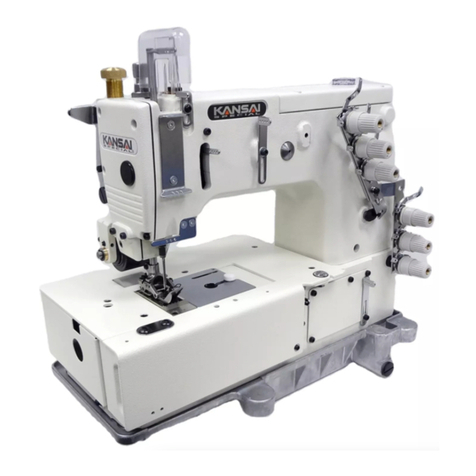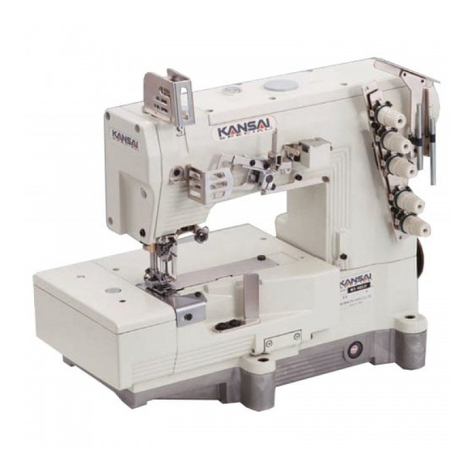KANSAI SPECIAL RX series User manual
Other KANSAI SPECIAL Sewing Machine manuals

KANSAI SPECIAL
KANSAI SPECIAL DFB1404P User manual
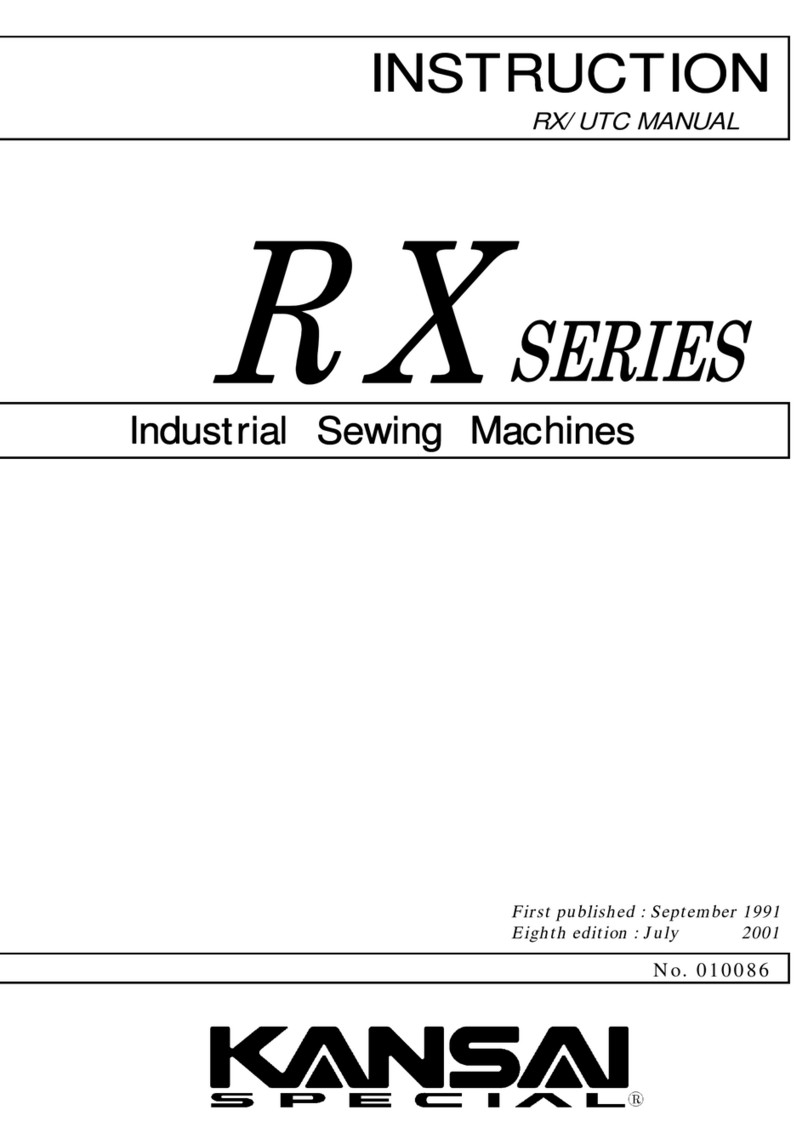
KANSAI SPECIAL
KANSAI SPECIAL RX/UTC Series User manual
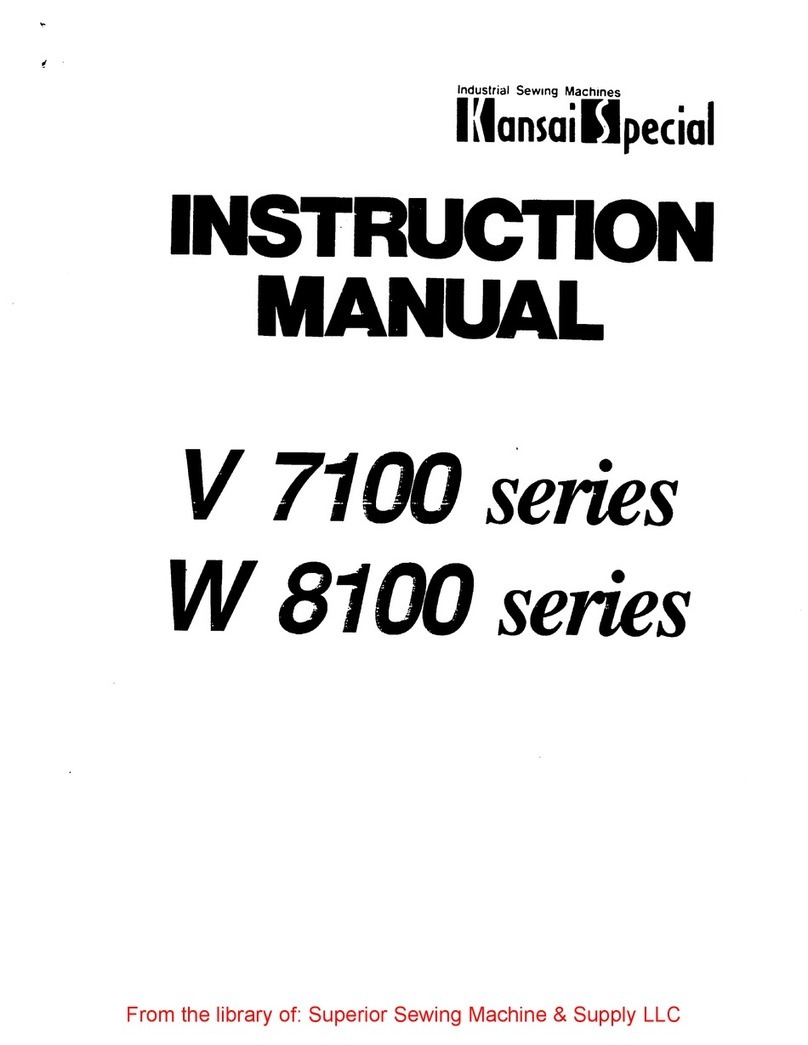
KANSAI SPECIAL
KANSAI SPECIAL V 7100 Series User manual

KANSAI SPECIAL
KANSAI SPECIAL DWK-1803D User manual

KANSAI SPECIAL
KANSAI SPECIAL HDX Series User manual

KANSAI SPECIAL
KANSAI SPECIAL BLX2202PC User manual

KANSAI SPECIAL
KANSAI SPECIAL NC Series User manual
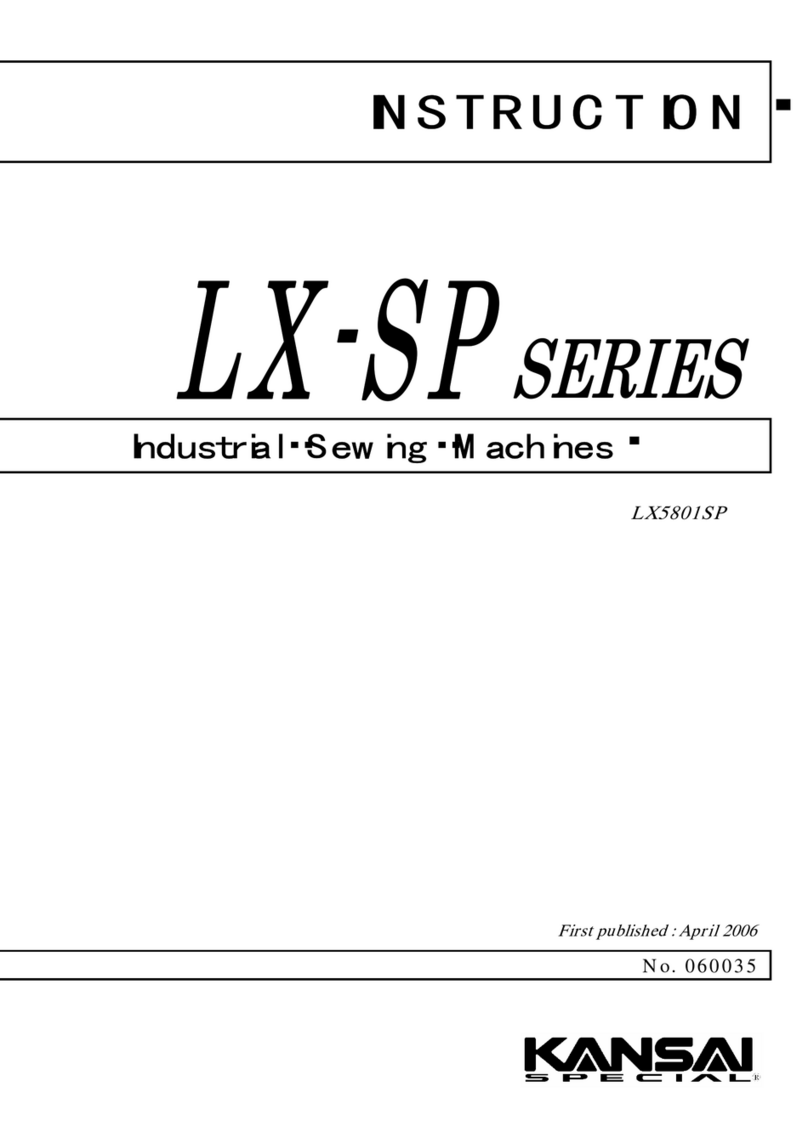
KANSAI SPECIAL
KANSAI SPECIAL LX-SP Series User manual

KANSAI SPECIAL
KANSAI SPECIAL SX Series User manual

KANSAI SPECIAL
KANSAI SPECIAL DFB1412PS User manual

KANSAI SPECIAL
KANSAI SPECIAL DVC-200 SERIES User manual

KANSAI SPECIAL
KANSAI SPECIAL BX Series User manual
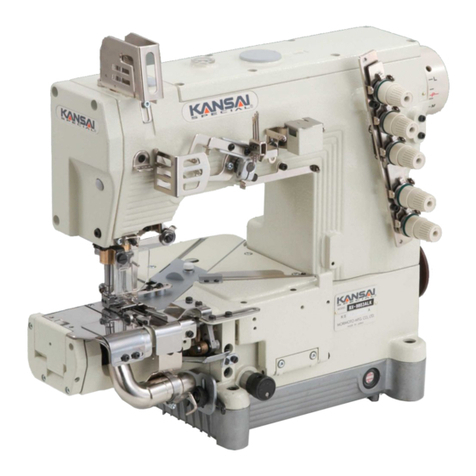
KANSAI SPECIAL
KANSAI SPECIAL UF Series User manual

KANSAI SPECIAL
KANSAI SPECIAL SX Series User manual
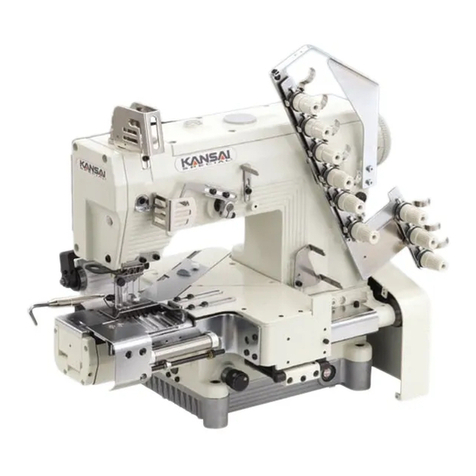
KANSAI SPECIAL
KANSAI SPECIAL DX9902-3U User manual
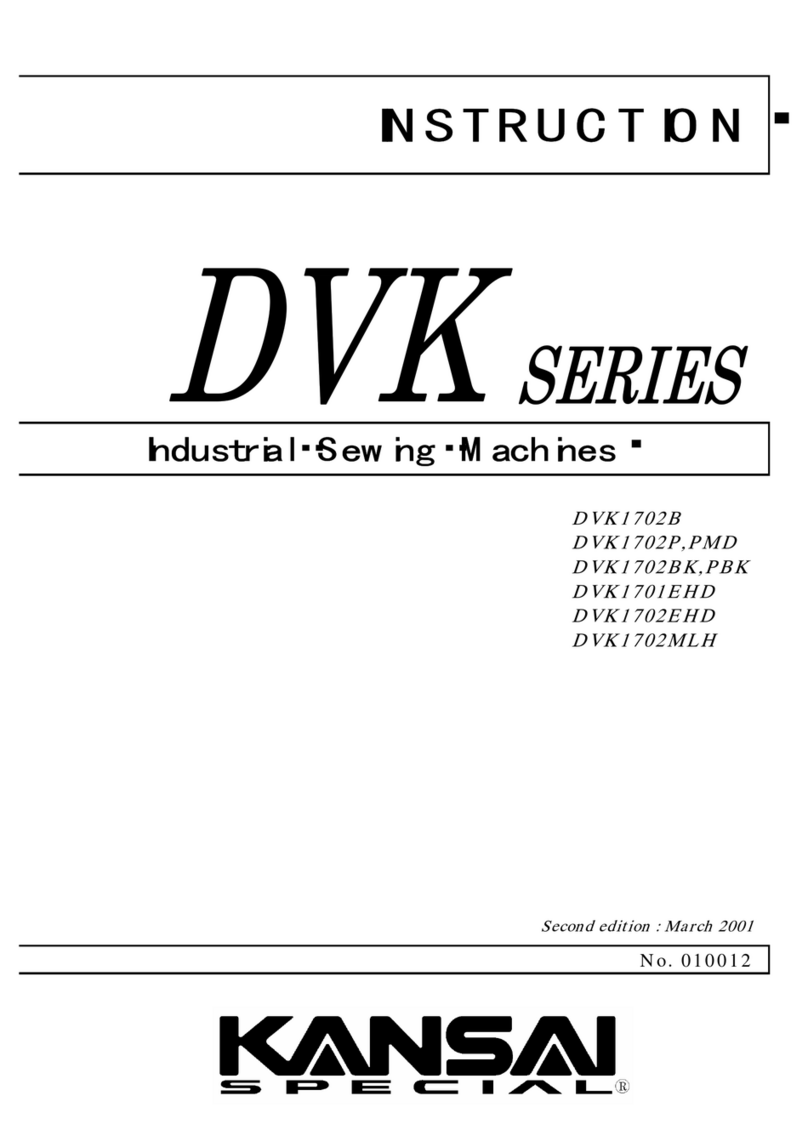
KANSAI SPECIAL
KANSAI SPECIAL DVK1702B User manual
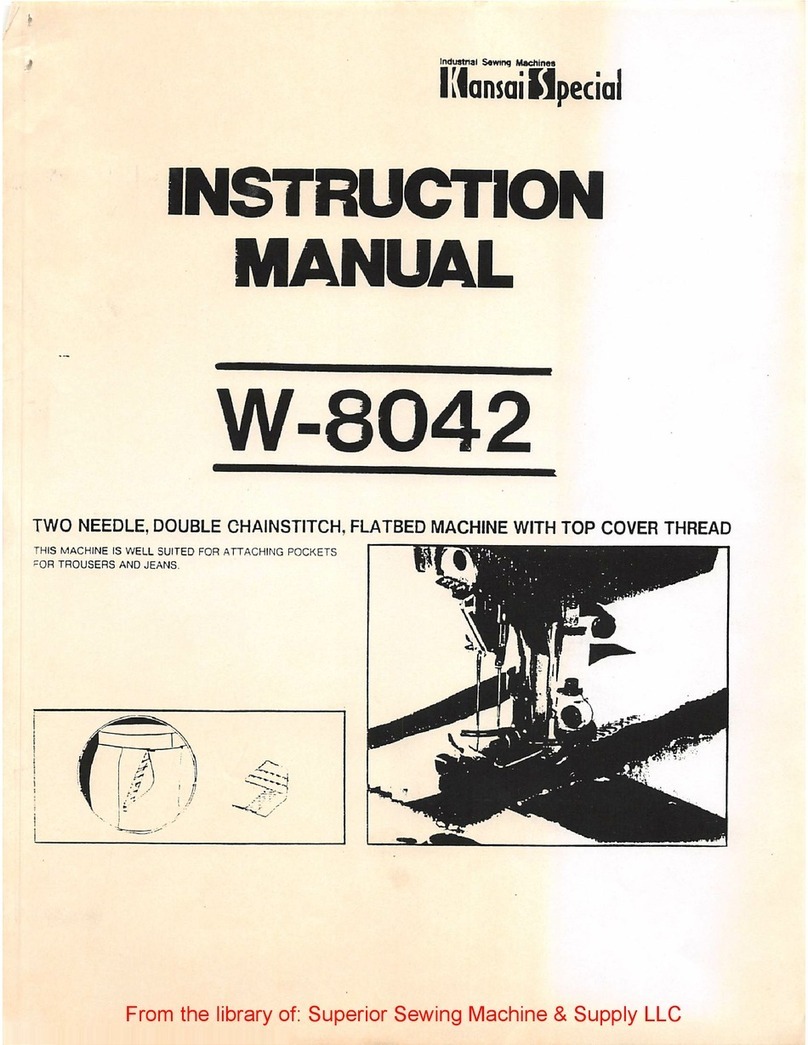
KANSAI SPECIAL
KANSAI SPECIAL W-8042 User manual

KANSAI SPECIAL
KANSAI SPECIAL DLR Series User manual

KANSAI SPECIAL
KANSAI SPECIAL DLR-1501SPF User manual
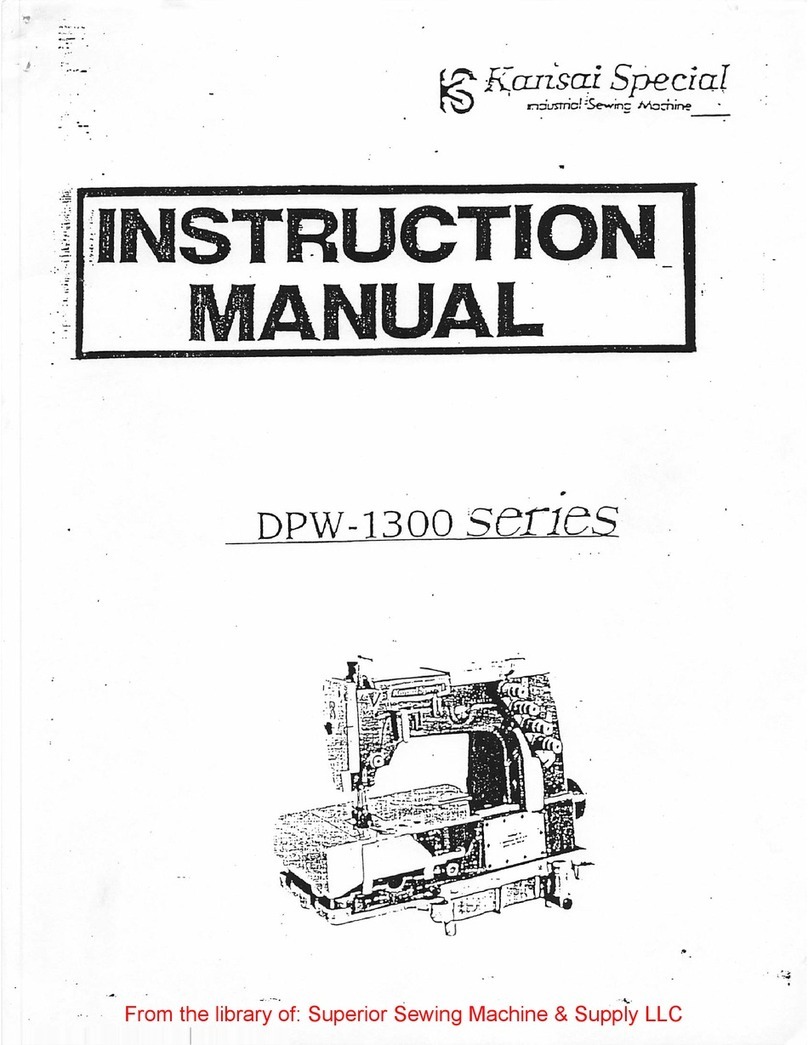
KANSAI SPECIAL
KANSAI SPECIAL DPW-1300 Series User manual
